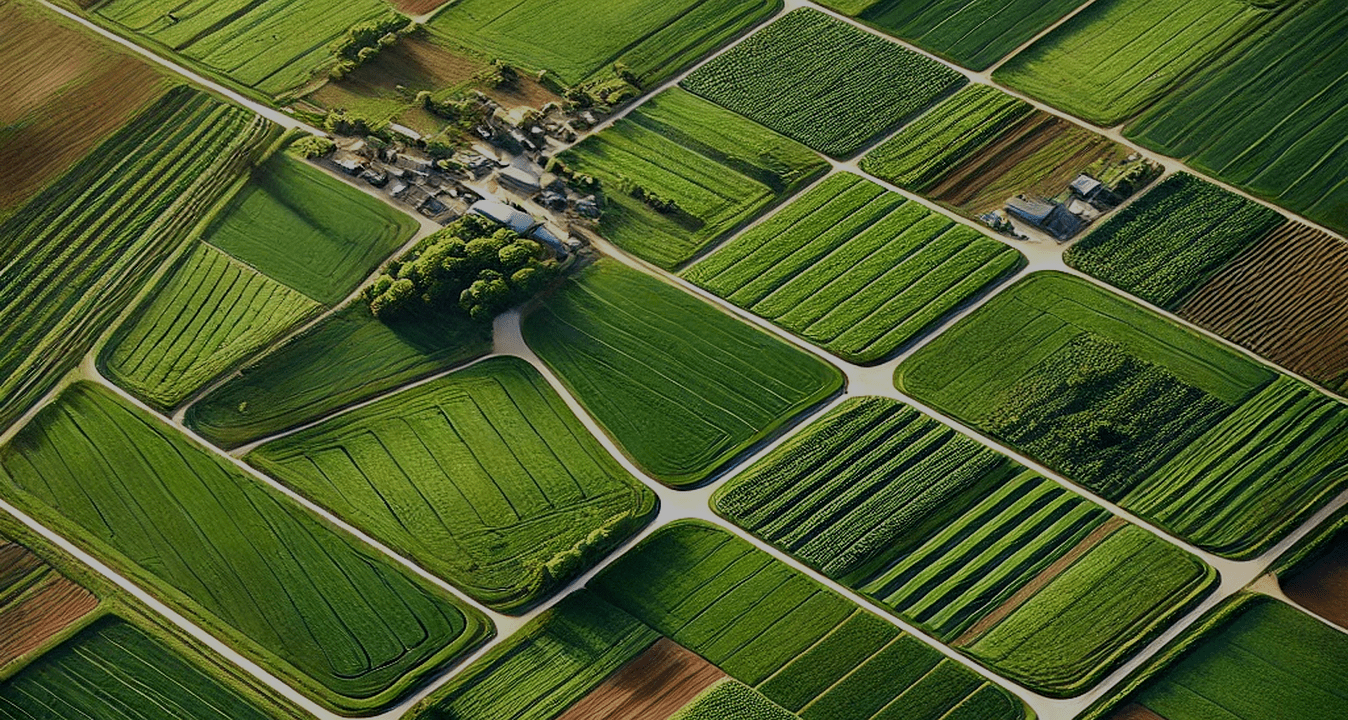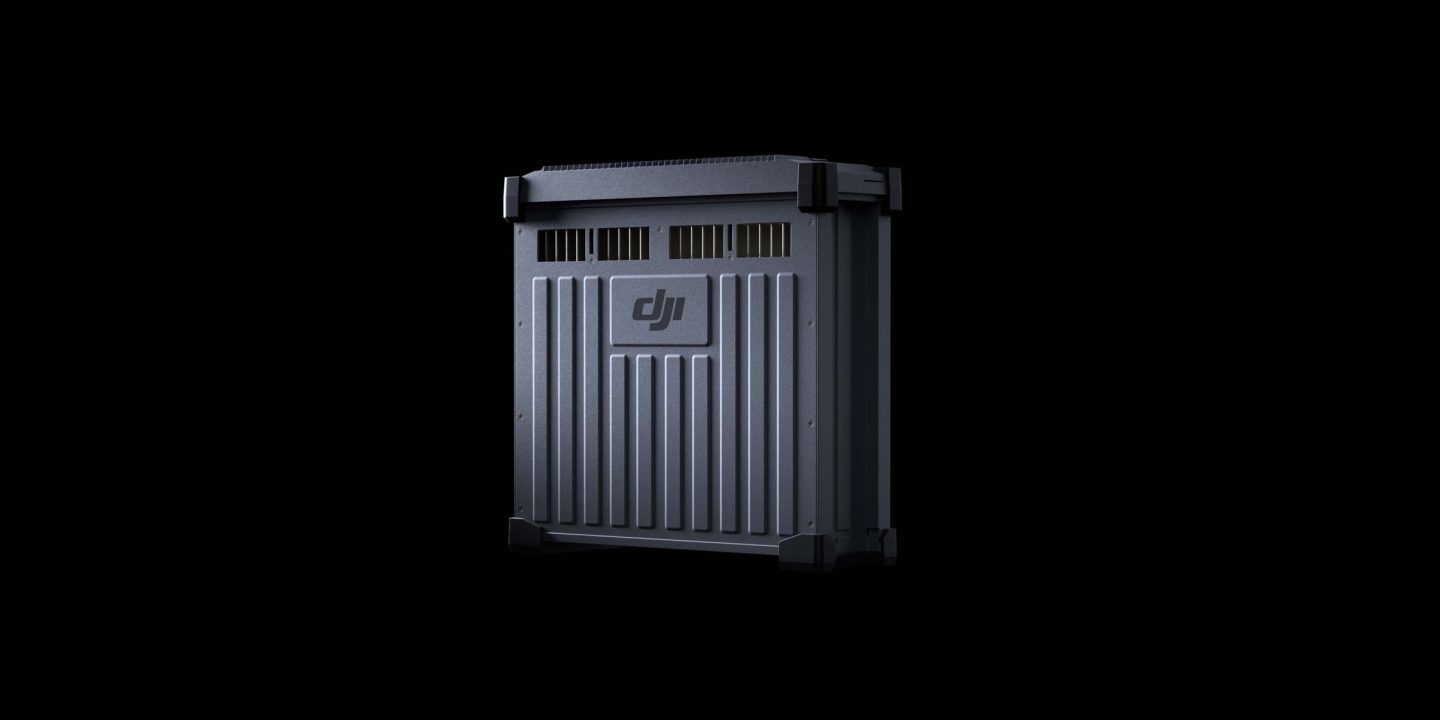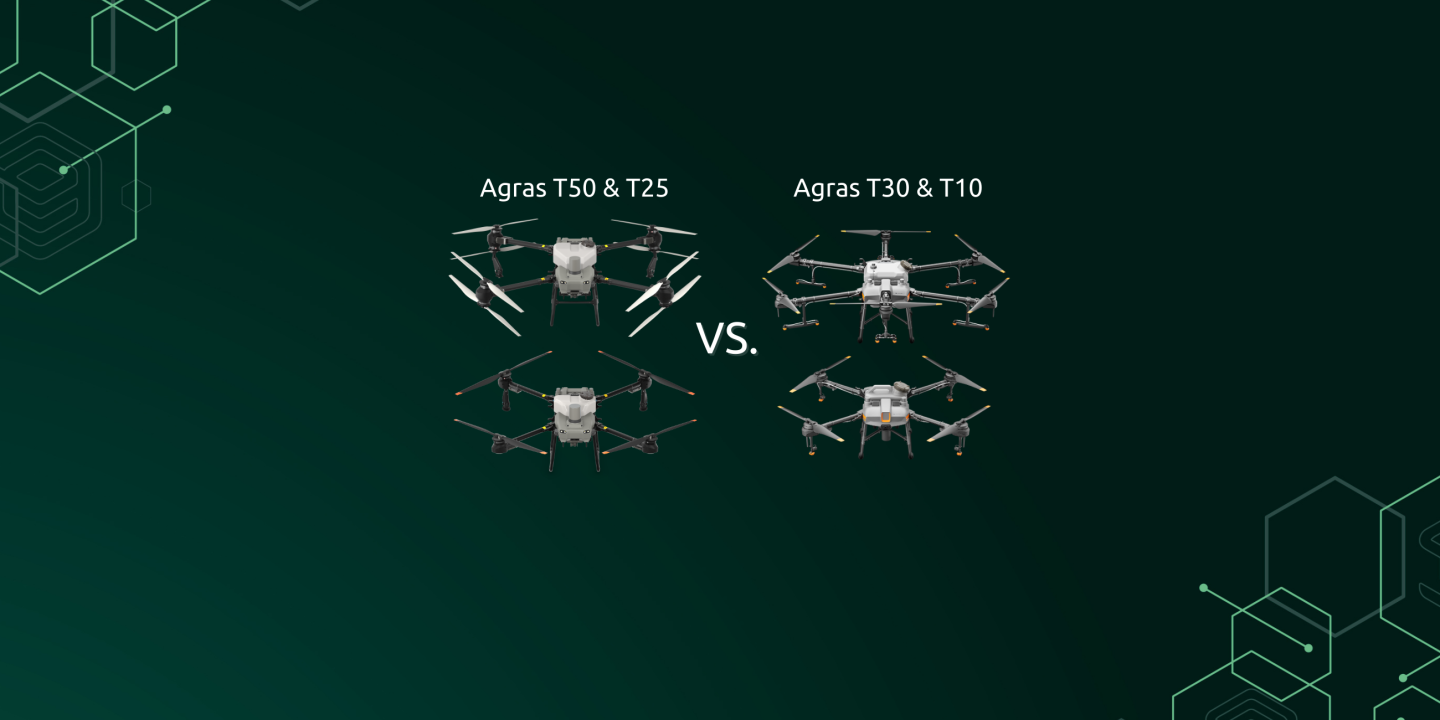In order to clarify the rules of spray drift by agricultural drones (or drones) under different influencing factors, also to guide agricultural drones to safely and efficiently carry out crop protection operations and to ensure safety for non-target organisms and the environment, a spray drift test was carried out with a DJI Agras T30 drone.
The test was conducted at the test site of the Chinese Academy of Agricultural Sciences. A DJI Agras T30 agricultural drone was used for testing. The terrain on which the test was conducted was flat and the surrounding area was open, free of obstacles. The flight speed of the T30 drone was selected as 3 m/s, 4 m/s, 5 m/s and 6 m/s. The flight height can be selected as 2 m, 3 m and 4 m. It is also possible to choose between normal and coarse drop size. Each combination of parameters was used to measure the droplet deposition and spray drift of an agricultural multi-rotor drone at three different crosswind speeds. The test was carried out on an area of 128 m x 125 m (length x width). Six sampling strips were arranged in the sampling area with an interval of 5 m between each sampling strip. The first and last sampling strip were 50 m from the edge of the test area. The sampling area includes 0-20 m in the operational area and 0-50 m in the downwind drift area.
After application, wait 5-10 minutes, then check that all droplets on the filter paper are dry, put them in order in zip-lock bags and store the samples in a dark and cool place. Later, the samples are processed and measured. The agricultural drone is set to auto operation mode with multiple applications, and the flight path of the drone is 125m long to ensure that the agricultural drone in the sampling area will fly at a constant speed. An aqueous solution of Rhodamine B at a concentration of 5 g/l was prepared prior to the test. Subsequently, the drone was filled to 50% capacity, so up to 15 l. Before the test it is of course necessary to check the functional condition of the drone nozzles and the flow calibration. After the wind direction meets the requirements and stabilizes, the drone will take off with the auto-flight button, apply RTK, and return to the takeoff location from the upwind direction after spraying.

Analysis and conclusion of testing
- Effect of crosswind velocity on drop drift:
Crosswind speed is the most important factor affecting the drift distance and the amount of drifted droplets, and the best operating condition is when the crosswind speed is less than 3.4 m/s.
- Effect of flight height on droplet drift:
When the crosswind speed is in the range of 0-3.4 m/s and the flight height is 2 m, 3 m and 4 m, the amount of settled spray droplets in the operating area gradually decreases, the uniformity of droplet distribution deteriorates, and the droplet drift distance gradually increases. When the crosswind speed is greater than 3.4 m/s, the change of working height has almost no effect on the droplet deposition and drift, and the main influencing factor is the crosswind speed.
- Effect of ambient temperature and humidity on drift:
The effect of humidity on droplet drift is more significant provided the ambient temperature is 15-30 °C, the crosswind speed is less than 3.4 m/s and the humidity is in the range 20-80 %. As the ambient humidity increases, both the amount of drift and the drift distance decrease.
The optimum ambient humidity range to reduce fog drift is: ambient humidity above 60%. When the ambient wind speed reaches more than 3.4 m/s, the change in ambient temperature and humidity has no significant effect on droplet drift.





